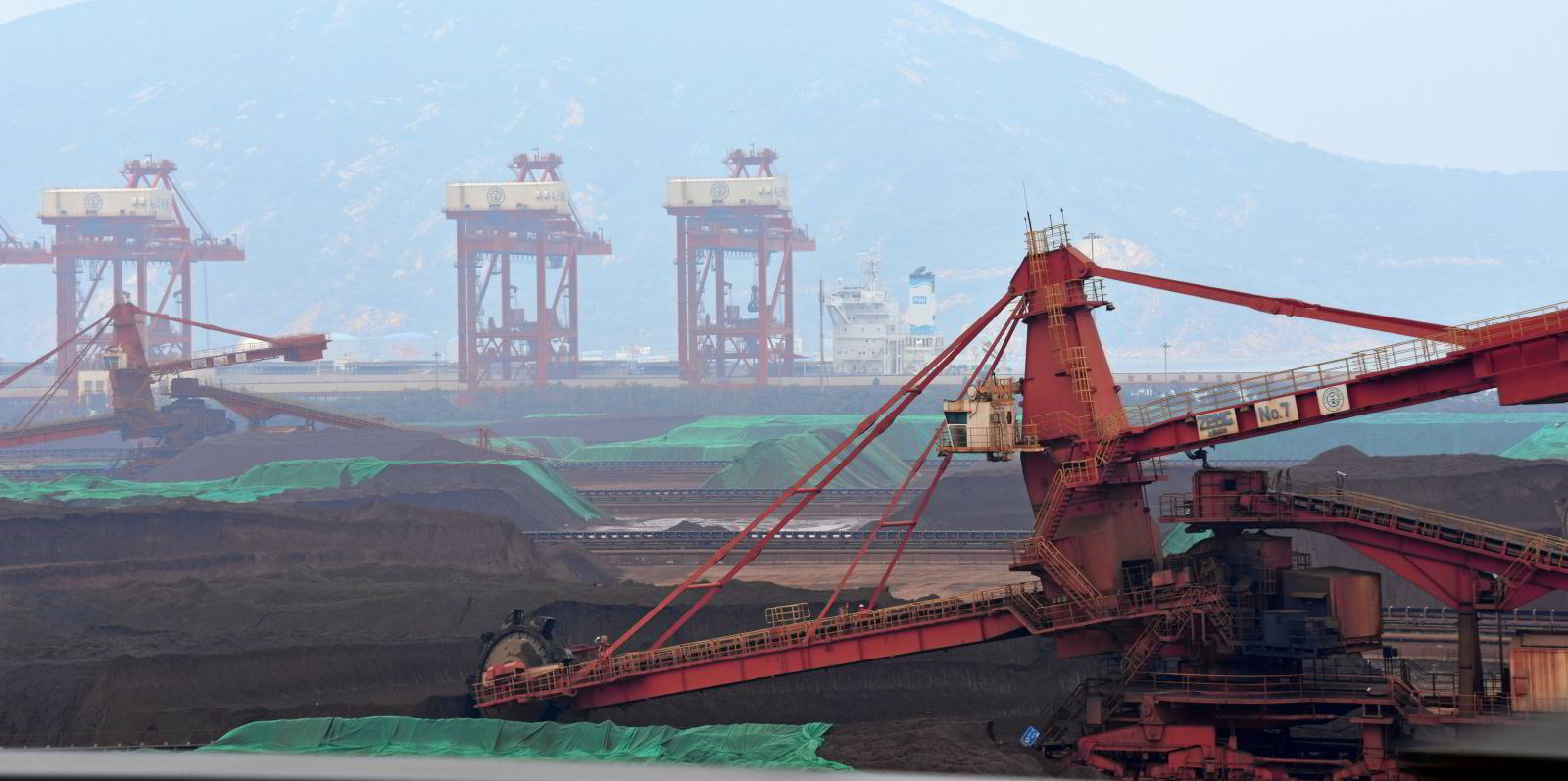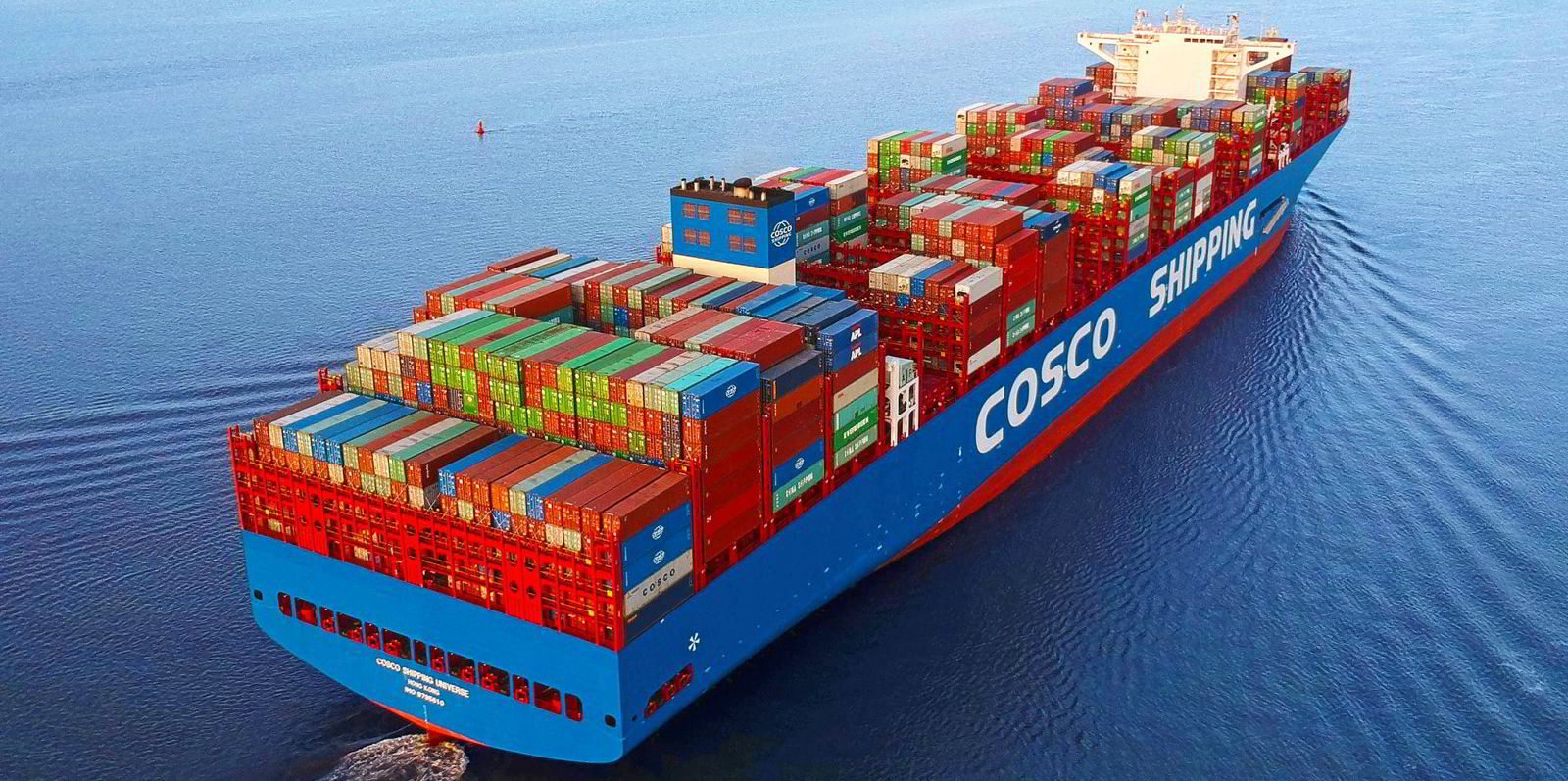Analysts have been significantly underestimating the number of bulkers affected by Beijing’s de facto ban on Australian coal imports.
Seventy-four ships of panamax size or larger are waiting at Chinese anchorages laden with Australian coal, based on current numbers from Oslo dry bulk intelligence service Oceanbolt. And many of the 50-plus such vessels idle in ballast off eastern Australia may be waiting out the same ban.
Those numbers could matter to the supply-and-demand equation in dry bulk if ships now in limbo are all released into the market at the same time and resume active trading, while freight demand increases only modestly.
And that release could come sooner than expected if, as some believe, Beijing has decreed but not publicly announced a 13% increase in its annual coal import quotas.
Such an increase would quickly swallow all the waiting cargoes and leave room for a busy December as traders are given the green light for 35m tonnes of extra imports.
List of grievances
But some dry cargo brokers and researchers are optimistic that the demand will rise to the occasion if tonnage floods the market.
The same commercial forces that are working to undermine Beijing’s ban will step up in the form of rising demand, especially in early 2021 with coal restocking and a new cycle of annual import quotas.
China’s politically inspired ban of Australian coal — never officially announced but unmistakable by October this year — came in retaliation for a range of perceived offences.
Relations had been testy since Australia rebuffed Huawei’s bid to build the country’s 5G network in 2018. Since then, Australian politicians have criticised China over human rights abuses, trade, opacity on the origins of the Covid-19 virus, cyber-attacks, interference in Australian internal affairs and territorial claims in the South China Sea.
The same commercial forces that are working to undermine Beijing’s ban will step up in the form of rising demand, especially in early 2021 with coal restocking and a new cycle of annual import quotas
China had previously presented tariffs and import blockages of Australian commodities including barley, wine, lobster, sugar, copper, logs and coal as all having separate technical or trade-related reasons.
But last month, Chinese diplomats handed out a list of 14 grievances to Australian journalists, saying that if Australia’s government and media backed away from the actions listed, it “would be conducive to a better atmosphere”. The ultimatum was taken as an acknowledgement that the anti-Australian trade measures had had a political goal all along.
So far, however, the de facto coal ban has not affected Australian politicians and journalists as directly as the traders, shipowners and seafarers of other countries, not least China.
Oceanbolt counts at least 77 bulkers of all size classes in the Chinese queues, including 22 each at Jingtang and Caofeidian. And that comes after at least four capesizes discharged, starting with the 170,400-dwt Alpha Era (built 2000) on 26 November, in what some have taken as a sign of a possible relaxation.
This week, TradeWinds reported on the end of the Alpha Era’s six-month wait, and Bloomberg News reported on three further discharges, all South Korean vessels, in what could be the beginning of a thaw.
Bloomberg put the size of the queue at “over 50 ships”. “They left out 25 vessels,” Oceanbolt co-founder Mads Schou-Andreasen told TradeWinds.
One shipbroker’s research boss told TradeWinds that if Oceanbolt’s numbers are right, the amount of Australian coal now at Chinese anchorages would be 11m or 12m tonnes.
Real-time data
The Oceanbolt website offers potential customers an automated real-time list of Australian coal cargoes waiting to discharge in China. Among the 77 ships that have been waiting for up to six months are 22 capesizes, including VLOCs and one baby capesize, 37 post-panamax coal carriers, 15 kamsarmaxes and panamaxes, two ultramaxes and one supramax.
Another congestion hotspot that is holding a significant reserve of tonnage out of the market is eastern Australia, Schou-Andreasen believes.
A manual count using VesselsValue of ships in the Newcastle, Gladstone, Hay Point and Abbot Point anchorages reporting their navigational status as at anchor or not under command as of 3 December showed 54 vessels of panamax size or larger.






